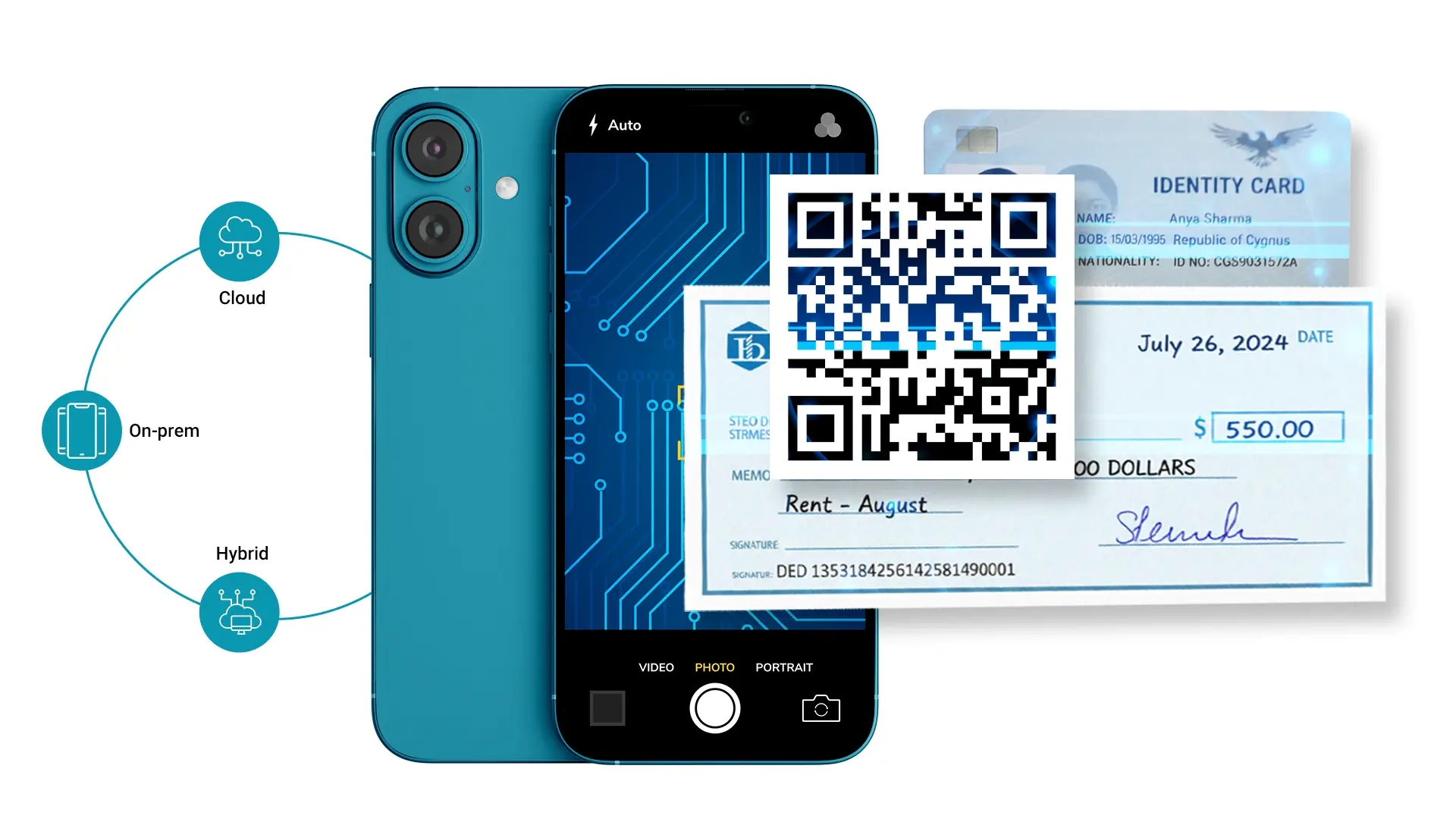Performance is crucial for gameplay.
Imagine if a game freezes in the middle of a gripping fight or challenge, or a racing game doesn’t respond immediately to turn gestures?
Yet, even as exciting new games continue to fill App Stores at an unprecedented rate, ensuring high performance gameplay has never been more challenging. And with accelerated release schedules and frequent updates, each new release is a risky proposition, prone to bugs and slowdowns—and at the mercy of avid gamers who won’t hesitate to leave a scathing single star review.
Here are a few ways HeadSpin can help.
1. Assess the true gaming experience with our reference-free Video MOS and audio match analysis. HeadSpin’s MOS score is based on deep machine learning models that can be taught to accurately identify true gameplay malfunctions without relying on either a reference video (you won’t have one for a game) or solely on metrics such as jerkiness and blockiness that can easily produce false positives—especially in a gaming scenario where special effects and rectangular UI elements are part of the design.
2. Determine root causes of issues with built-in AI whether they originate on the back end, device, OS, or network level. For example, detect whether the responsiveness of the game was impacted because the device dropped from a 5G to 4G network, because of a slow server, or because of battery drain on the device.
3. Find the reason behind FPS drops, locate where the drop occurred, and quickly determine how to address the problem.
4. Track third-party game engines. Show how programs such as Unity, Unreal and Cocos2d impact app performance and user experience.
5. Audit code-level performance and identify regressions between releases. Examine the call stack or CPU time by dependency to identify slow methods and SDK bloat. Automatically profile and baseline every build of your app and identify performance degradation as soon as issues are introduced.
6. Make sure the game performs well anywhere in the world. Many location-specific factors impact game performance, from local network conditions to edge effects, such as connections to CDNs or third party APIs, and the proximity of cloud availability zones. HeadSpin’s global device infrastructure hosts real SIM-enabled devices in 50+ global locations so you can identify and resolve these issues early in the development lifecycle.
7. Access and control devices remotely for both manual and automated testing. Many elements of game design and behavior often need to be tested manually. With HeadSpin’s high performance proprietary bridge for both iOS and Android, you can easily test key workflows on remote devices as if they were in the palm of your hand. And with the HeadSpin appliance you can even turn your existing devices into a mobile device lab - you’ll never have to physically ship devices to the locations that need them.
8. Reuse existing tools and scripts without having to make any modifications. It often requires considerable effort and specialized test automation tools (e.g, AltUnity) to create automation test scripts for games. Fortunately, HeadSpin natively supports any test framework via WebDriver and the versatile HeadSpin bridge technology. Connect directly to the test device without having to modify the test or upload it to a server, and execute it directly on your machine on your preferred platform. Any type of test or debugging process can be run as if it was locally connected by USB.
9. Always have access to the latest mobile technology. Test on a variety of devices and OSes to ensure compatibility. HeadSpin’s global device cloud offers zero day premium support for the latest Apple and Android technology so your testing needs are always covered.
Launch new releases with confidence on day one
HeadSpin gives you the infrastructure and tools you need to deliver flawless mobile gaming experiences across a global user base—with unprecedented visibility into mobile, web, audio, and video quality and performance.
FAQs
Q1: What is compatibility testing in gaming?
Compatibility testing identifies if the game works properly on the specified hardware and operating system. For mobile games, compatibility testing includes testing on various OEM devices, screen sizes, networks, and operating systems in mobile games.
Q2: What are some common bugs in mobile games?
Mobile games are essentially apps and have similar performance and functional issues. However, some issues have a higher impact on user experience, including:
Crashes: The game fails to launch or freezes midway (even for a few seconds).
Lag: There is a delay between the user action and response from the server.
Glitches: The screen displays a wrong image or series of images.
Q3: What is functional testing in gaming?
A game's functionality test identifies if the game is working as per the specifications. Apart from the usual UI, AV, and integration tests, gaming QA teams also look for issues like game freezing, gameplay progressions, and lags.
Q4: What are “edge cases” in testing?
An edge case is a software issue that occurs in extreme conditions or rare input parameters. However, users usually play games in various networks, hardware, and unique inputs, so identifying edge cases in gaming are essential for a good user experience.
Contact us to learn more about HeadSpin.
Love this content? Check out our infographic.




























.png)


















-1280X720-Final-2.jpg)






